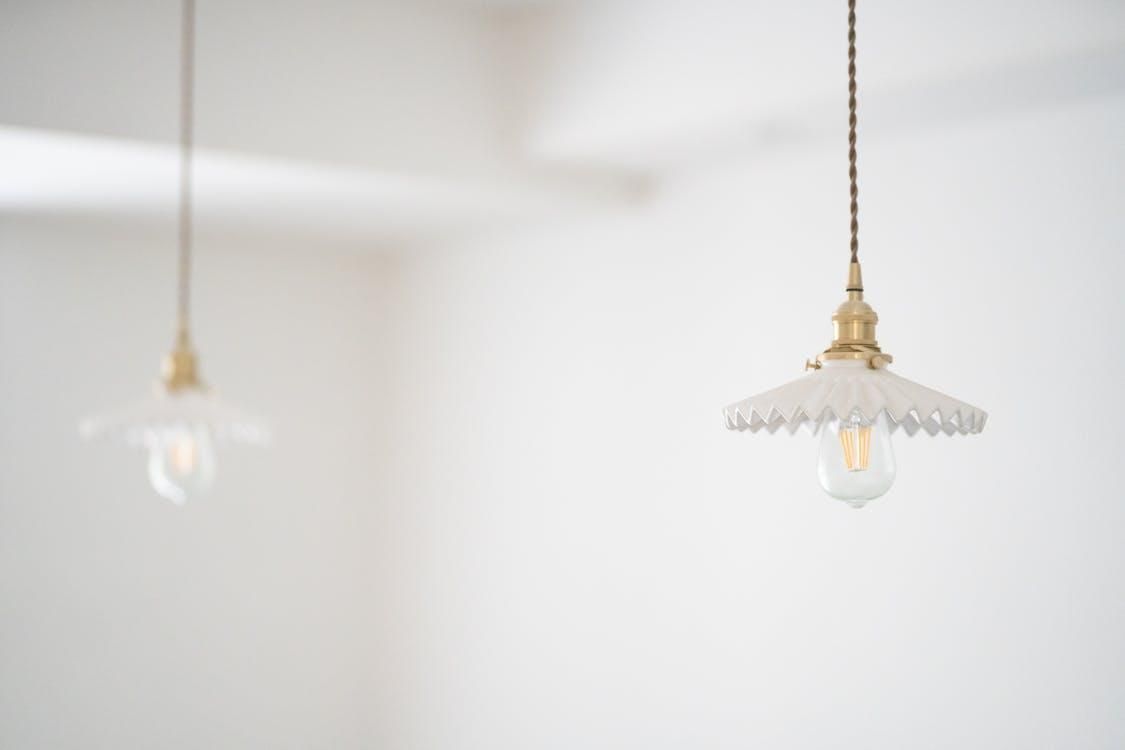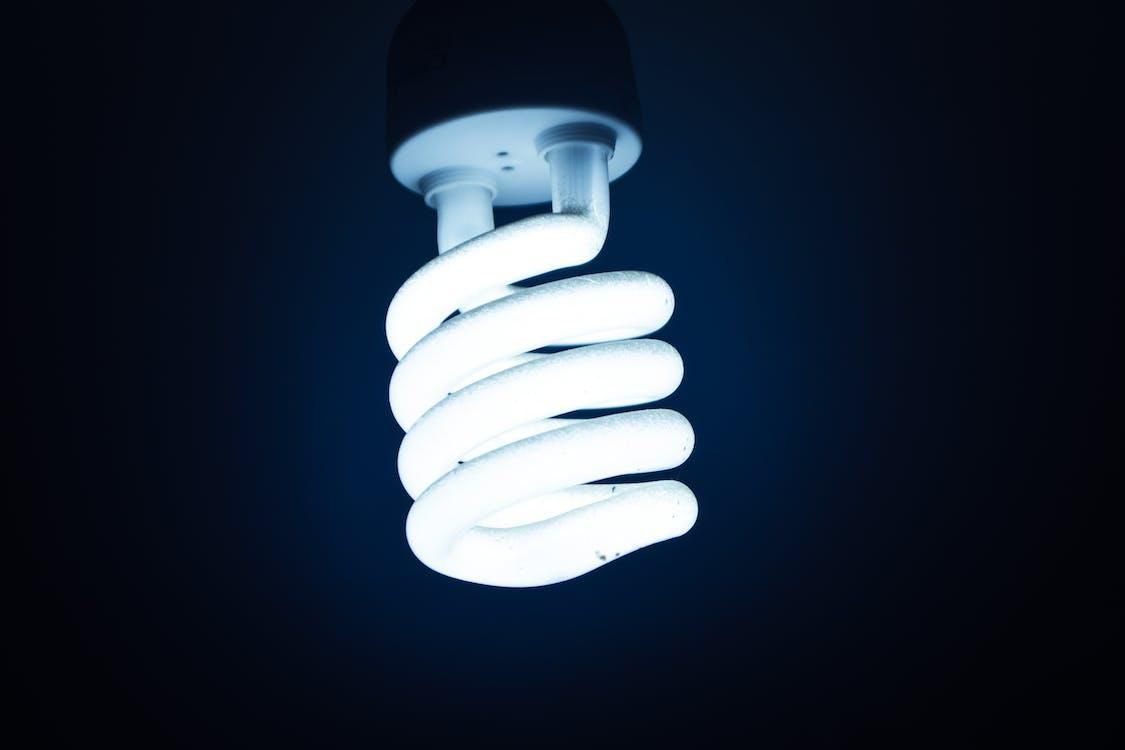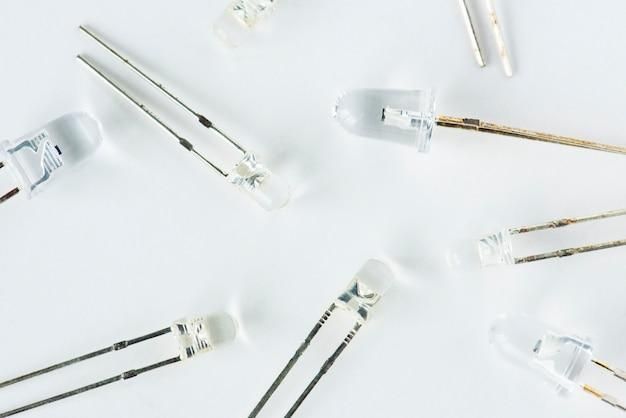Are you looking for ways to save money on your office electricity bill? Switch to low-energy bulbs. Low-energy bulbs, called CFLs or compact fluorescent lightbulbs, have become more popular in recent years to save energy.
They work by using a fraction of the electricity of traditional lightbulbs, which can help you save money on your electric bill. They use less energy than traditional light bulbs, so you can save electricity. Plus, low-energy bulbs last longer, so you won’t have to replace them as often.
Check out this blog post for more tips on saving on your office power bill!

Low-Energy Bulbs
Energy efficiency is about extracting every last bit of power and not wasting any. As a result, an energy-efficient light bulb needs less electricity to provide the same amount of light as a standard light bulb.
Low-energy bulbs, called CFLs (compact fluorescent lightbulbs) and LED lights, have become more common as people seek to save energy consumption and reduce their carbon footprint. CFLs work by using a small amount of electricity to generate ultraviolet light.
This ultraviolet light causes a phosphor coating inside the bulb to glow, producing light. Some people find that CFLs take a little while to warm up to full brightness, but they will reach their uttermost brightness within a few minutes.
While they have some benefits over traditional incandescent bulbs, there are also some drawbacks to using low-power bulbs.
Benefits of Energy-Efficient Light Bulbs
Making a switch to energy-efficient bulbs can make a big difference in 2 ways; first is that they use less energy, so reduce your carbon footprint, and then less energy usage means you’ll save on energy costs.
Carbon emissions might be reduced by as much as 40 kg per year if all household bulbs were replaced with LED bulbs, according to calculations by the Energy Saving Trust.
Roughly fifteen percent of a typical household’s monthly energy bill goes toward lighting. For every 60-watt bulb in your home, the Energy Saving Trust estimates a yearly savings of £3. (based on a 660-lumen bulb running for 445 hours a year2). What more if you have it in the office?
Disadvantages of Energy-Efficient Light Bulbs
There are a few disadvantages to using low-power bulbs. Firstly, they often take longer to reach their max brightness than traditional incandescent light bulbs. They can also be more expensive to buy in the short term, although they tend to use less electricity and last longer, meaning that they cost less in the long run.
The low-energy bulb also gives off less heat than a traditional incandescent light bulb, which can be a disadvantage in colder climates. Finally, some people find that the light emitted by energy-efficient lighting is not as pleasant as that emitted by traditional lightbulbs.
Where Should You Use Low-Energy Lighting Products
In general, low-power lighting should be used everywhere. This may not always be achievable due to constraints in how the system operates. Many modern low-power lights, such as many LED light bulbs, are not dimmable like regular lights, so you should check out these alternatives to regular light bulbs.
If you need to be able to lower the degree of lighting in a room (and you can’t just switch some lights out), low-energy lighting may not be the best option.
Types of Power-Efficient Light Bulbs
Here are some types of lighting products that could help you reduce how much energy you’ve been consuming.
Compact Fluorescent Lamps
Compact fluorescent lights, or CFL lights, were the first bulbs to replace incandescent lights with significant energy savings. You may recall them as spiral-shaped tube bulbs that took a moment to turn on once you flipped the switch.
Once it turned on, it took a few seconds to reach the maximum brightness. Many potential customers were deterred because of this.
However, they do have one major drawback: mercury. It can be bad for the planet when they break and end up in the trash. Starting in September of 2023, the sale of compact fluorescent light bulbs will be prohibited.

Light-Emitting Diode or LED
There has been no turning back since the introduction of LED Technology. LED light bulbs are the most popular option because of their cutting-edge technology, high-quality illumination, cost-effective properties, and low energy use.
Remember that incandescent light bulbs convert only around 10% of their energy into visible light. On the other hand, a light-emitting diode is more efficient at converting electricity into apparent light while producing almost little heat. This means they can generate the same light as a standard bulb while using less energy.
Also, the frequency you must replace an LED bulb will significantly reduce. Compared to the 1.4 years of incandescent bulb life, their lifespan can be as long as 34 years.

Halogen Bulbs
In the middle of the 1950s, halogen lamps were developed. They last longer and consume less power than standard incandescent lighting. Because of the halogen gas they contain, they are nearly three times as efficient as typical incandescent bulbs. Since September 20215, the selling of halogen lights has been prohibited.
Halogen bulbs are a type of incandescent light bulb that uses halogen gas to improve the performance of the bulb. This gas helps to extend the bulb’s life and produce a brighter white light. Halogen bulbs are available in a variety of different sizes and shapes, and you can use them in a variety of various applications.
Halogen bulbs are becoming increasingly popular because they offer a number of benefits over other types of light bulbs. They are more efficient than standard incandescent bulbs and last longer than most other light bulbs. They also produce a brighter light than most other types of bulbs.

Should You Use Low-Energy Bulbs in Your Office?
The short answer is yes, low-energy bulbs make a difference to your office electricity bill. However, the savings you’ll see depend on a few factors, such as your chosen bulb and your office’s lighting usage.
For example, if you switch from a traditional incandescent bulb to a CFL or LED bulb, you’ll see significant savings on your office electricity bill. LED bulbs are the most energy-efficient option and can save you up to 80% on your lighting costs.
If you’re not sure, click here for more information on saving with your business electricity.

